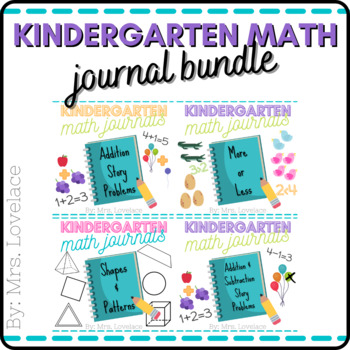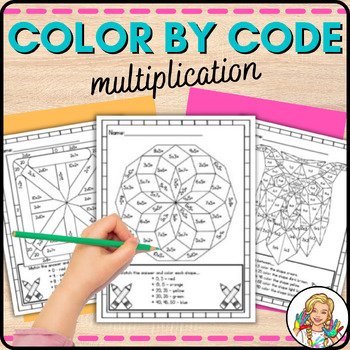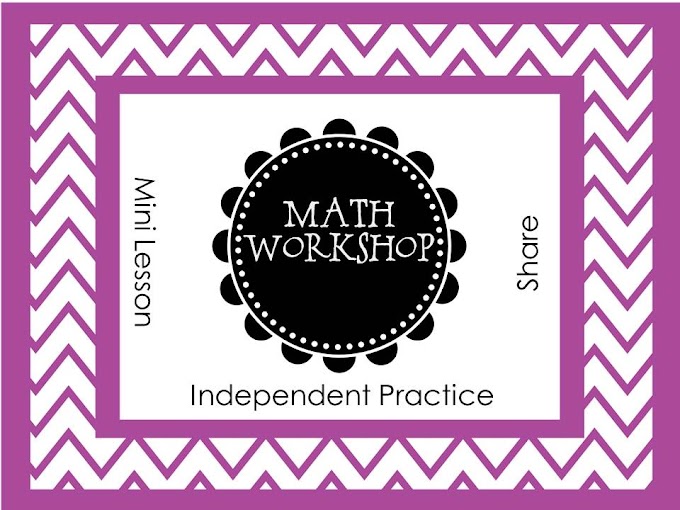I just finished reading this article and it really got me thinking.
http://www.takepart.com/article/2013/10/01/math-is-fun-360-degree-math
This article talks about how students (mostly high school) write in their notebooks to solve math problems and that most teachers don't "see" their thinking. So, they started having the kids show their work on all 4 walls of the classroom. The room was filled with chart paper and the students showed their work and their thinking all around the room. It also mentions how getting them up and moving around allows the teacher to become the observer while the students are the ones talking, doing the work, and thinking! Isn't this what we all want, at all grade levels? We have read time and time again that kids learn more by doing rather than just watching. We want our students to be active learners, not passive learners. So, how can we incorporate this into the classroom for the younger kiddos? Below, I have a few ideas. I would love to hear how you have gotten your kids up and moving to learn as well!
1. Play games--partner games, group games, class games, any kind of games! Students don't realize they are learning or practicing if the game is done correctly. What do I mean by correctly? Well, if the teacher doesn't take the time to fully demonstrate how to play, the kids could end up arguing, giving up, or making their own rules (while not always a bad thing, it may not be practicing the skill you are hoping for--they may not be practicing math at all!). Depending on the game and age level, it may be helpful for them to track their game and turn it in for you to see their thinking.
2. Class activities--one idea that stands out in my mind is when we play Musical Number Boxes in my classroom. I have chart paper at 4-5 stations around the room, along with several markers. Each chart paper has a number at the top of it. Students stand in a circle around the room and I turn on music. The students WALK around the circle and stop when the music stops. They then have to read the chart paper to see what has been added and they have to add a different way to get to the number on the top of the chart paper. (If they aren't standing right in front of a piece of paper when the music stops, I tell them to continue moving forward to the next piece). Nobody is out and since there are usually several kids at each piece of paper, they end up helping each other out. This activity could be used in other ways as well (put a shape name at the top and have them list things that are that shape, give them a measurement and have them list things that are that tall/heavy/wide/etc., put a function and a number at the top of each page (+5, -8, x2, etc.) and each time the music stops, call out a number (10) where they have to add/subtract/multiply to and write the number on the chart paper).
3. Have the students be the teacher--give students the task of teaching a lesson to the class or solving a problem and showing how to do it. Using technology, you can have the kids solve problems on whiteboards and then put their whiteboard under a document camera to show his/her work to the class. Empowering the students in this way can increase their confidence and can show students that there is often more than one way to solve a problem.
4. Use movement to teach or review a topic--we all know that kids like to move around. Why not use that to get them to move WHILE learning? For example, while teaching angles and lines in my 4th grade classroom, we all got up, spread out, and showed our angles with our arms. We showed right angles, obtuse angles, acute angles, line segments, parallel lines, perpendicular lines, etc. We also made number lines in the classroom (or with chalk outside) and the kids hopped back and forth to add and subtract negative numbers. This could be easily changed to just adding and subtracting for the younger kids. At a loss for how to use your body to show a math idea? Ask the kids! They have some GREAT ideas!
What ideas do you have? How do you get your kids up and moving during math class? Do you think getting them up and moving makes a difference? I can't wait to hear your opinions!
Krista
Teaching MOMster
Subscribe to my newsletter
Join our community freebies and special offers!
Thank you!
You have successfully joined our subscriber list.
Popular Posts
Shop my TpT
Contact Form
Subscribe to my newsletter
Join our community freebies and special offers!
Thank you!
You have successfully joined our subscriber list.
Recent Posts
3/recent/post-list
Created By Mrs.Lovelace





